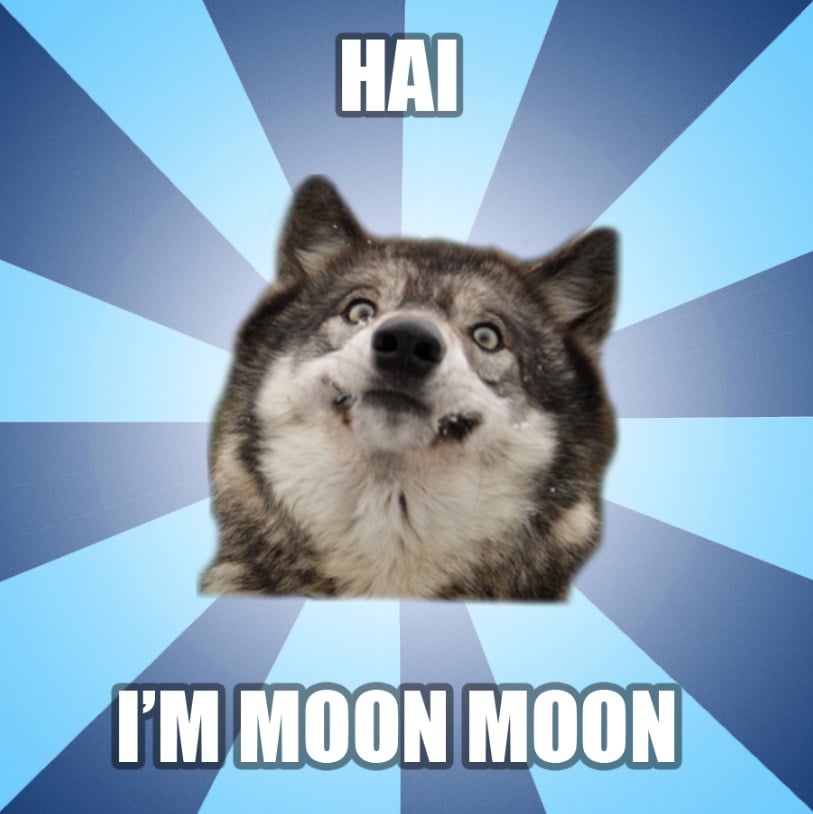Better definition: big enough to be round, too small to fuse hydrogen.
Astronomy

Wouldn't that get rid of moons?
Planets orbit stars
Moons orbit planets
One day we're gonna find something orbiting a moon and then you're gonna feel really silly.

A subsatellite, also known as a submoon or a moonmoon, is a "moon of a moon" or a hypothetical natural satellite that orbits the moon of a planet.
While that may be possible, I highly doubt such a system can be stable? Maybe it can be stable for a while though (which could still be thousands of years).
It's theoretically possible for more massive planets. The subsatellite has to be in the Hill sphere of the moon. There's a depiction in the linked article.
What about Pluto and Charon? Their barycenter is outside Pluto.
I propose binary (and more generally n-ary) planets.
Both orbit stars. Both are planets in my book. Planets and moons are codependent. In fact, Earth and it's moon are binary planets.
Saying otherwise is useless stella bigotry.
And Ceres, you want it to be a planet?
Yes, it’s already a planet. Just like dwarf stars are already stars, dwarf planets are already planets. It’s right there in the name.
Ok, then, Pluto is also a (dwarf) planet, what is the big fuss?
PS: sorry, I thought you were the ~~OP~~ dude at the top of this thread, we are in agreement, then.
Moons are planets
That's the definition of a planemo or planetary mass object
Since I think that the "definition game" is mostly a waste of time, I'm all for more objective measures, like mass. It's still useful to distinguish between planets in our system vs. elsewhere, so perhaps keep planet vs. exoplanet? The later is still shorter than "planet not orbiting Sol".
Definitions aren't a waste of time when they're based on meaningful distinctions and natural classifications. As Plato once said, "you should cleave nature at the joints."
In the case of the IAU definition of "planet", they picked a very good joint to cleave the population of objects at. For sound physically-based dynamic reasons you tend to get objects that are either really good at clearing their orbital neighborhood of other objects or not at all good at doing that, you never expect to see objects that are somewhere in a fuzzy middle ground.
The Wikipedia article on clearing the neighbourhood has a table of values for the planets and also for some of the prominent dwarf planets, and there's a very clear multiple-orders-of-magnitude gap between the two populations under all of the various mechanisms by which neighbourhood-clearing can be measured or calculated.
Frankly, this is a way better approach than an arbitrary "at least this many kilograms" cutoff. With a cutoff like that you can easily get objects that straddle the line and are impossible to classify. It's not based on any meaningful dynamic orbital properties of the object. I don't like this proposal for exoplanets, they should use the same one that we use for solar system planets.
It may be better than an arbitrary cutoff, but I will die on the hill that it's still the wrong way to look at a taxonomic system for non-fusors. Using system dynamics to classify parts of a system is all well and good when you're, well, disecting systems, but this was about defining individual bodies.
Using extrinsic contexts rather than intrinsic ones is how you define dolphins as fish.
Spherical due to being in hydrostatic equilibrium is all we need. But that raised tooany questions about the accuracy of system models for system modellers.
Using system dynamics to classify parts of a system is all well and good when you're, well, disecting systems, but this was about defining individual bodies.
No we're not, unless you're going to include dozens of moons as "planets" as well. Moons and planets have nothing to distinguish them except their system dynamics.
Using extrinsic contexts rather than intrinsic ones is how you define dolphins as fish.
I'm not sure what you mean here. Are you suggesting that dolphins and fish are defined based on where they are, rather than what they are? It wouldn't make sense to do that. But that has no bearing on whether it makes sense to classify astronomical bodies that way because in their case extrinsic contexts actually are relevant.
Spherical due to being in hydrostatic equilibrium is all we need.
I actually don't much like that part of the definition system either since it has the same "unclear fuzzy boundary" problem that a simple mass cutoff has. There's no physical reason to expect there to be a gap between "round" and "not-round", objects will be expected to have a smooth continuum. Some objects will change their roundness over time as their material slumps, even. But fortunately it's not really relevant to the distinction between planets and non-planets, it only comes into play for distinguishing dwarf planets from smaller bodies. And there isn't much public sense of investment in whether the formation of Rheasilvia should or should not invalidate Vesta's claim to dwarf planethood, so it doesn't come up much.
Terrestrial planet, gas giant planet, ice giant planet, dwarf planet.